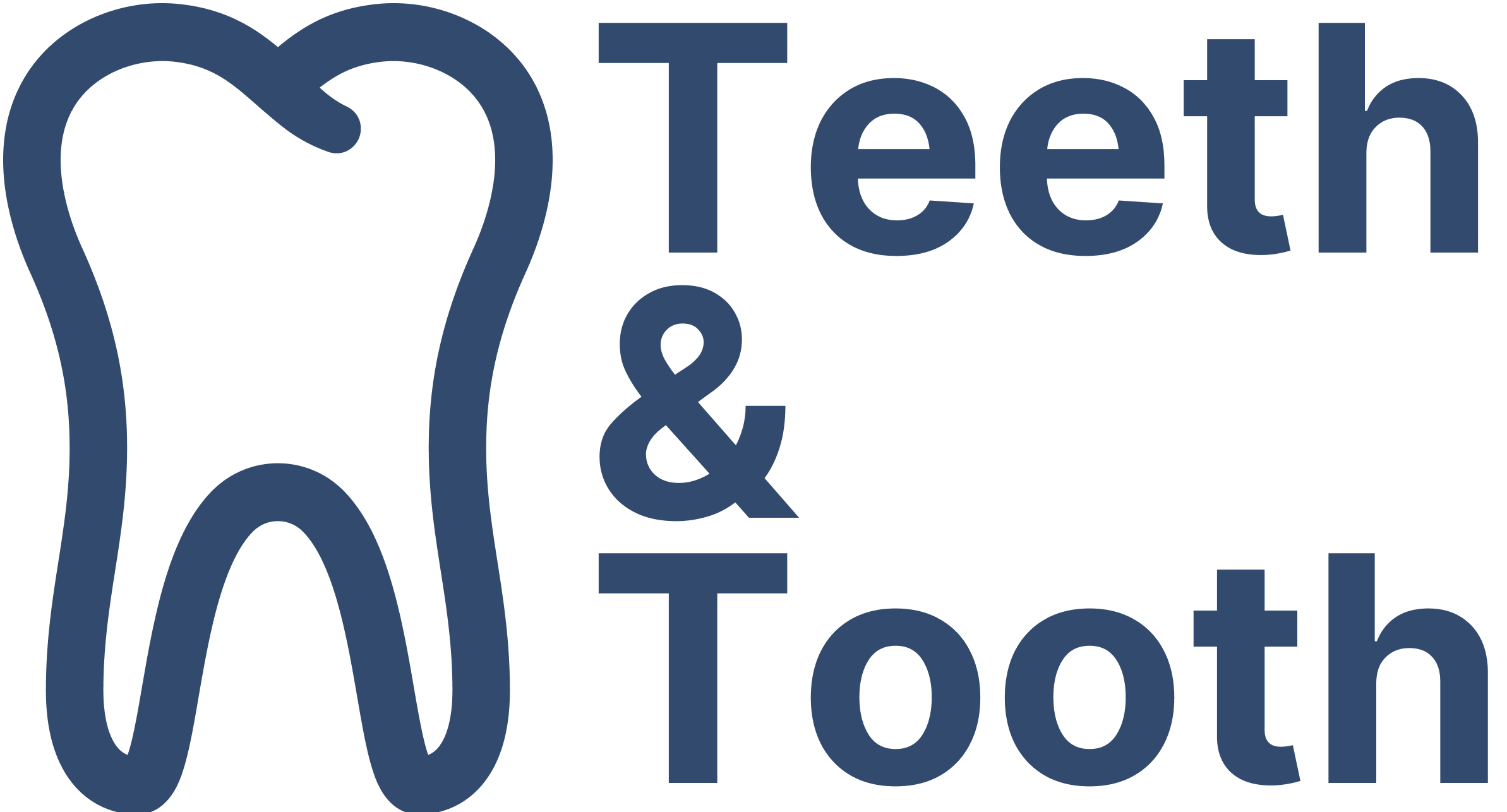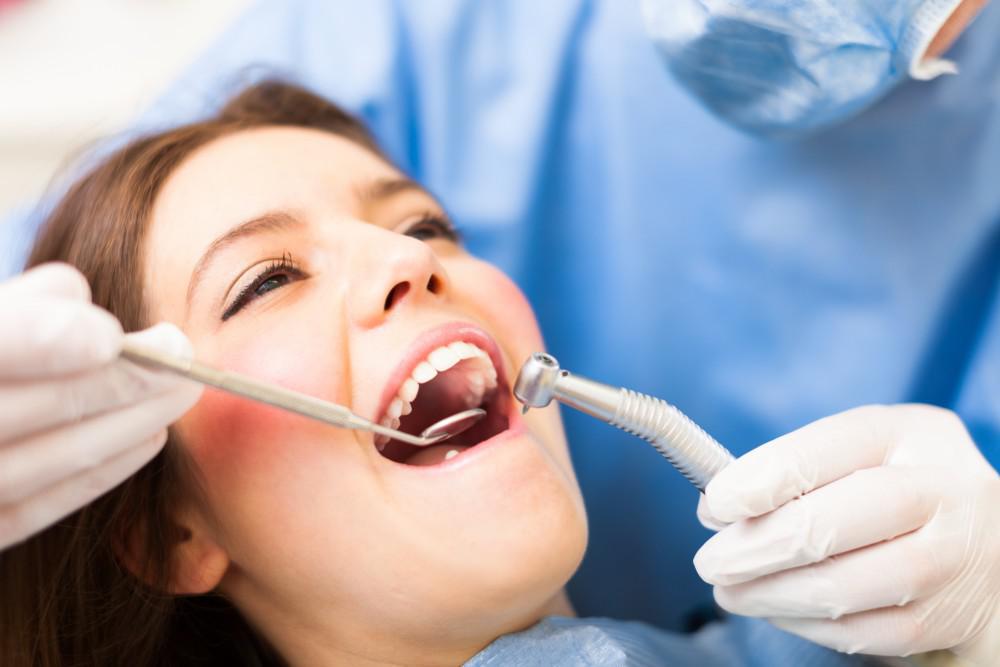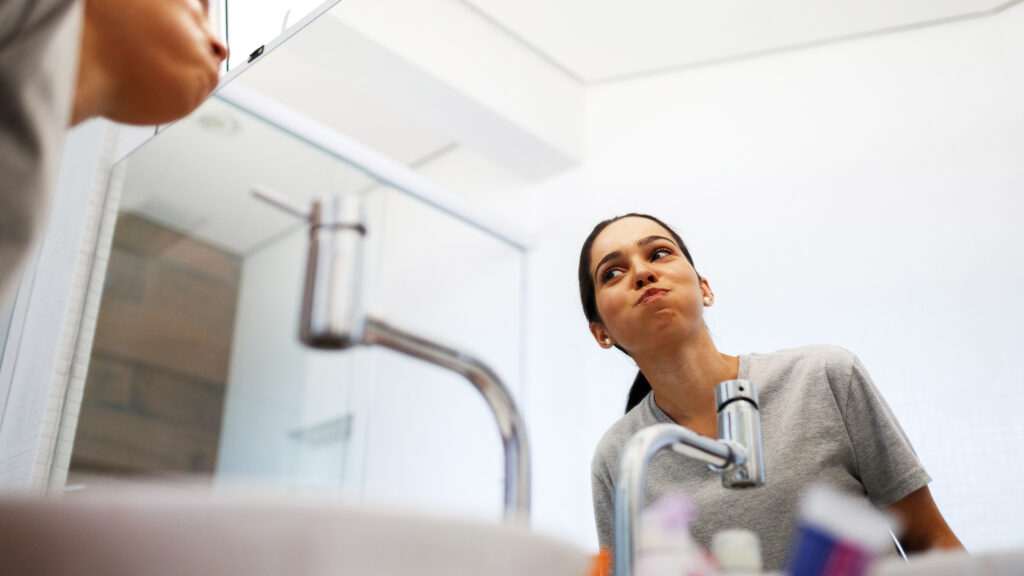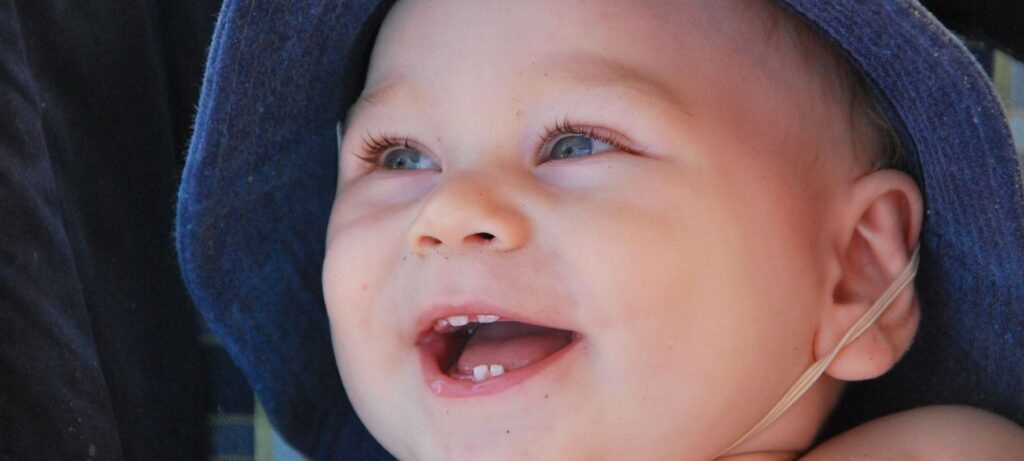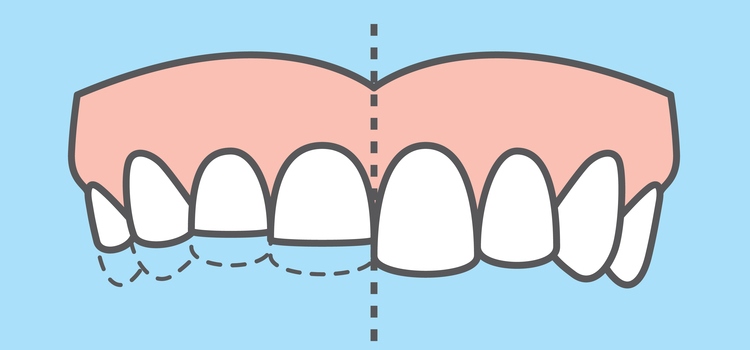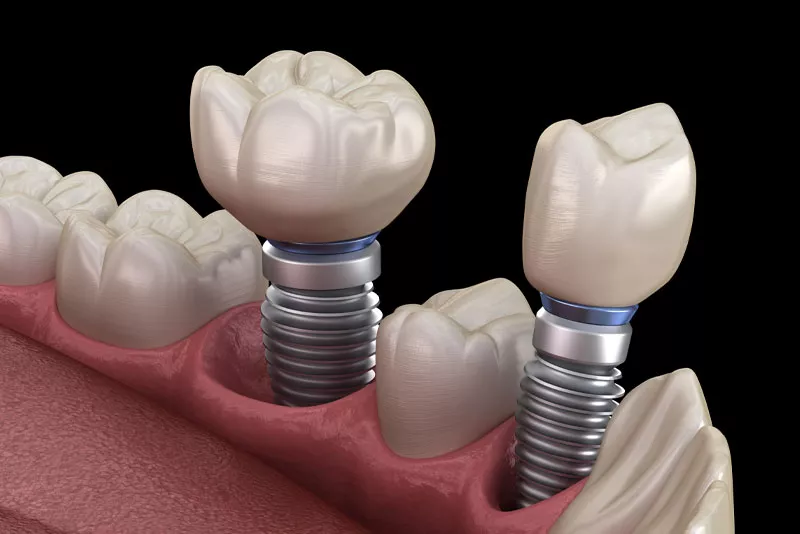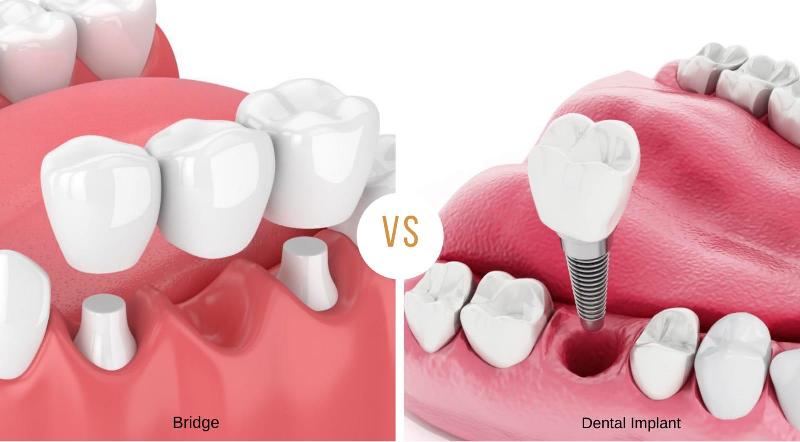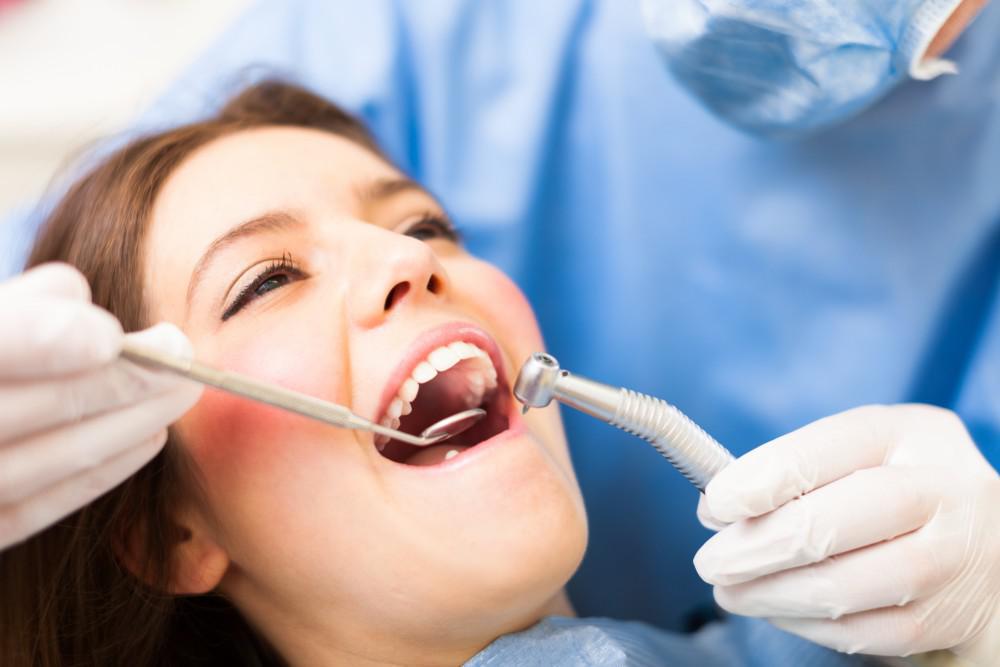
Having healthy teeth and gums is essential for overall oral health and prevention of dental problems. While brushing, flossing, and use of a mouthwash are effective means of keeping your teeth and gum healthy, they may not be enough to remove all the plaque and tartar buildup on the enamel.
This is where dental prophylaxis, also known as a dental cleaning, comes into play. Dental prophylaxis is a dental care procedure that involves a thorough cleaning and polishing of the teeth to prevent or treat gum disease (periodontitis) and tooth decay (caries). It is also referred to as scale and polish, and is commonly done on patients as part of the regular dental checkup.
Dental prophylaxis is recommended at least twice a year for most people, although some individuals may require more frequent check-ins with their dentist depending on the state of their dental health.
In the rest of this article, we will explore everything you need to know about dental prophylaxis, including its benefits and the procedure. Whether you are looking to improve your oral health or to treat your existing dental problems, this article will help you greatly in understanding the importance of dental prophylaxis.
Benefits of Dental Prophylaxis
Dental prophylaxis is a procedure that has several benefits for maintaining good oral health.
First of all, having regular dental prophylaxis can prevent the buildup of plaque or tartar as it can cause gum diseases and tooth decay if not removed. The removal of any food debris or plaque cannot be done at home even with the best oral care products or brushing technique. During a dental prophylaxis, your dentist is able to utilize specialized dental tools and devices to spot and remove plaque and tatar buildup.
The cleaning procedure also helps to teeth to look bright and polished by removing any surface stains on the tooth enamel. Similarly, these stubborn stains cannot be easily removed at home and requires specialized dental equipment to be broken down.
You may be interested in: Does Flossing Actually Whiten Your Teeth?
Another benefit of dental prophylaxis is fresher breath. Bad breath can be caused by the buildup of bacteria on the teeth, and the procedure can help to eliminate these bacteria and leave the mouth feeling fresher.
Last but not least, your dentist is able to identify symptoms that may be indicative of dental problems such as cavities, gum disease and oral cancer. With dental prophylaxis, oral health problems can be detected and treatment can be promptly done to prevent any further complications.
What to Expect During a Dental Prophylaxis
Prior to the dental prophylaxis, you should first declare to your dentist or hygienist any existing health conditions that you may have. You should also voice out any discomfort or dental issues you have noticed since your previous dental prophylaxis appointment. This is to provide a complete picture of your current state of health so that the right treatment can be administered.
After a basic health declaration, your dentist will conduct a visual examination of your mouth to assess the overall oral health and identify any potential health problems. This examination includes the checking of your teeth, gums, and tongue to identify any signs of tooth decay or gum disease. Your dentist may request for an x-ray to be conducted to determine the position of your teeth. This commonly happens if your wisdom tooth have erupted and an x-ray examination is needed to check the the alignment of your wisdom tooth; an extraction may be necessary if your wisdom tooth have become impacted.
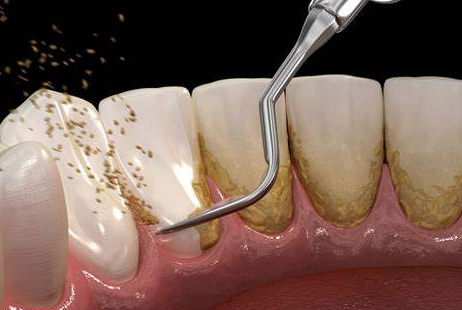
After the initial assessment, your dentist will proceed with the cleaning up of your teeth. The first part of the two-part cleaning process is scaling. It is the process of removing any plaque or tartar on the surface of the tooth using a specialized tool known as scalar. The scalar work by scrapping away any plaque or tartar from the teeth, including hard-to-reach areas such as between the teeth and along the gum line.
A root planing, also known as deep cleaning, may be required if the plaque have moved further down the tooth, beyond the gumline. The treatment involves the removes plaque and tartar that are below the gum line as well as the smoothing of the root of the tooth. A smooth root surface keeps bacteria from re-adhering to the root, minimizing the chances of plaque buildup.
After scaling, the teeth are polished using a special prophylaxis paste and rotating brush. The paste remove surface stains from the teeth, leaving them looking brighter and smoother. Flossing may also be conducted by your dentist or a hygienist to remove any remaining plaque or food particles that may be trapped between the teeth.
The last step of a dental prophylaxis is a discussion between you and your dentist on your oral care routine. Your dentist may offer advice on brushing, flossing or how to care for your dental work like braces or crowns.
Takeaway
To summarise, dental prophylaxis is an important dental procedure as it plays a critical role in maintaining good oral health. Through the removal of plaque, tartar, and stains from teeth, dental prophylaxis helps to prevent gum disease, tooth decay, and bad breath. Regular dental prophylaxis also enables early detection of dental problems, which can save you from costly and painful dental treatments in the long run.
The Centers for Disease Control and Prevention (CDC) also recommends the following to maintain optimal oral health:
- Brush your teeth twice a day and floss daily.
- Quit smoking
- Limit the consumption of alcohols.
- Maintain control of your existing health condition (e.g diabetes) to prevent further health complications.
- Visit your dentist at least once a year for a oral health checkup
Remember, a healthy smile is a key component of overall health and well-being. So, make dental prophylaxis a part of your regular oral health routine to keep your smile healthy and bright for years to come.
